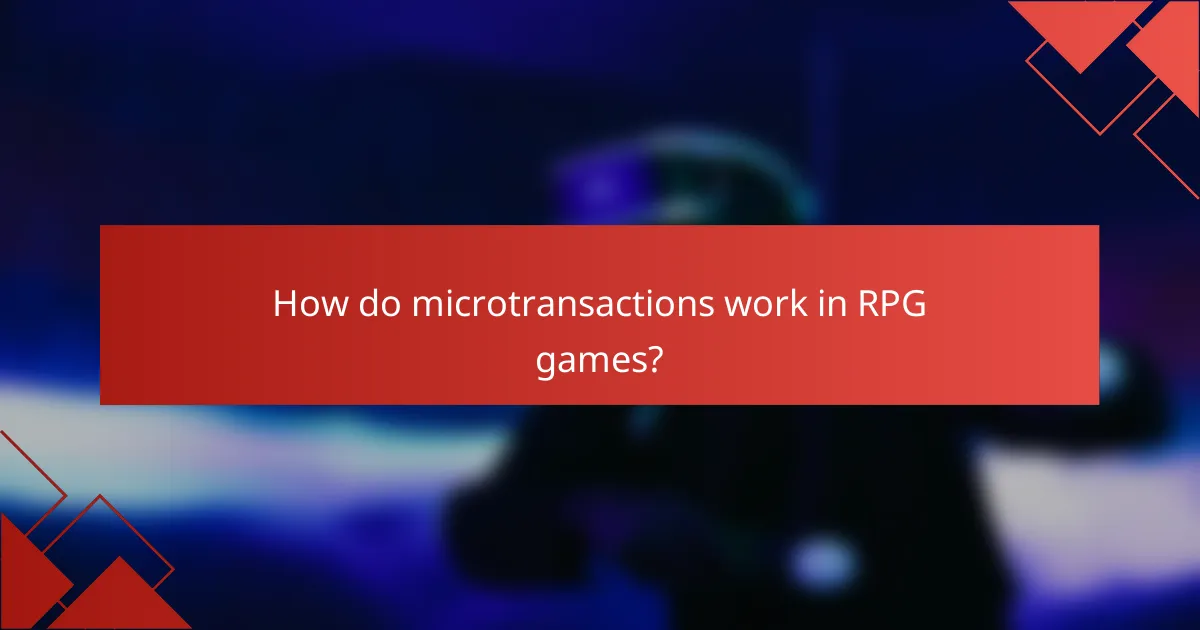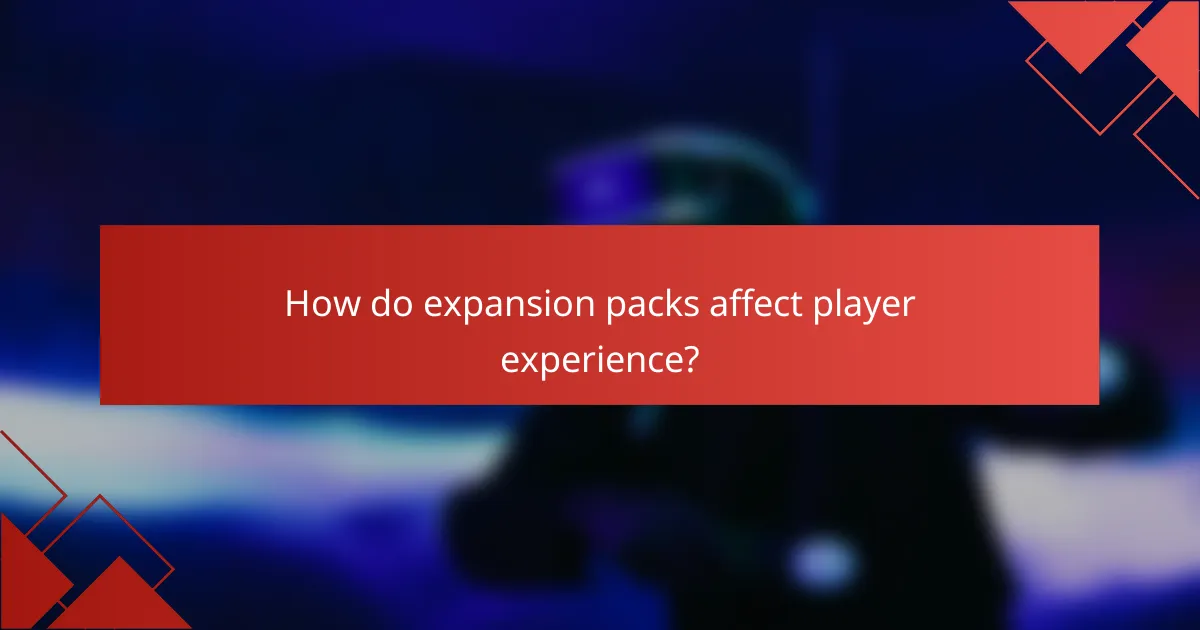The initial purchase price of RPG games in the UK typically ranges from £40 to £60, influenced by factors such as platform and retailer promotions. To enrich the gaming experience, expansion packs often introduce new content, including storylines and characters. Additionally, microtransactions enable players to buy in-game items and enhancements, which can significantly affect gameplay and player progression.

What is the initial purchase price of RPG games in the UK?
The initial purchase price of RPG games in the UK typically ranges from £40 to £60 for new titles. Prices can vary based on factors such as platform, edition, and retailer promotions.
Average price range for new RPG titles
New RPG titles generally fall within the £40 to £60 range at launch. Special editions or collector’s versions may cost more, sometimes exceeding £80, depending on included content like physical items or additional in-game features.
Sales and discounts can significantly affect pricing, especially during seasonal events or promotional periods, where prices may drop to the low £30s or even lower for older titles.
Factors influencing RPG game pricing
Several factors influence the pricing of RPG games, including development costs, marketing expenses, and the game’s perceived value. High-quality graphics, extensive content, and well-known franchises often command higher prices.
Additionally, the platform can affect pricing; for instance, console versions may be priced differently than PC versions due to distribution costs and market demand. Digital downloads may also be cheaper than physical copies, reflecting lower overhead costs.

What are the common expansion packs for popular RPGs?
Common expansion packs for popular RPGs enhance the base game by adding new content, features, and gameplay mechanics. They often include new storylines, characters, quests, and sometimes even entirely new regions to explore.
Expansion packs for The Witcher 3
The Witcher 3 features two major expansion packs: “Hearts of Stone” and “Blood and Wine.” “Hearts of Stone” introduces a new storyline centered around a mysterious immortal man, while “Blood and Wine” offers a vast new area called Toussaint, complete with its own quests and characters.
Both expansions are well-received, providing dozens of hours of additional gameplay. Players can expect to pay around $20 each for these expansions, which is a reasonable investment considering the depth and quality of content offered.
Expansion packs for Final Fantasy XIV
Final Fantasy XIV has several expansion packs, including “Heavensward,” “Stormblood,” “Shadowbringers,” and “Endwalker.” Each expansion adds new jobs, levels, and story arcs that significantly expand the game’s universe.
The cost of these expansions typically ranges from $30 to $40, depending on the edition. Additionally, players should be aware that a monthly subscription fee is required to access the game, which can add to the overall cost of playing.

How do microtransactions work in RPG games?
Microtransactions in RPG games allow players to purchase in-game items, currency, or enhancements using real money. These transactions can range from cosmetic items to significant gameplay advantages, impacting how players experience the game.
Types of microtransactions in RPGs
Microtransactions in RPGs typically fall into several categories. Common types include cosmetic purchases, such as skins or outfits, which do not affect gameplay but enhance visual appeal. Other types involve in-game currency, allowing players to buy items or upgrades directly, and loot boxes, which offer randomized rewards for a set price.
Some RPGs also feature season passes or expansion packs that provide additional content for a fixed price, often including new quests, characters, or areas to explore. These can enhance the overall gaming experience but usually require a larger upfront investment compared to smaller microtransactions.
Impact of microtransactions on gameplay
Microtransactions can significantly influence gameplay dynamics. While they can enhance player engagement by offering new content and customization options, they may also create imbalances, especially if players can gain competitive advantages through purchases. This can lead to frustration among players who prefer to progress without spending extra money.
It’s essential for players to consider the implications of microtransactions before diving into a game. Some games may adopt a “pay-to-win” model, where spending money is almost necessary to compete effectively, while others focus on cosmetic enhancements that do not affect gameplay. Understanding the microtransaction model of a game can help players make informed decisions about their spending.

What are the pros and cons of RPG game pricing models?
RPG game pricing models can significantly impact player experience and developer revenue. Understanding the advantages and disadvantages of initial purchase pricing and microtransactions helps players make informed decisions about their gaming investments.
Advantages of initial purchase pricing
Initial purchase pricing typically involves a one-time payment to access the game, which can range from around $20 to $60. This model provides players with full access to the game content without additional costs, fostering a sense of completion and satisfaction.
Additionally, this pricing model often leads to a more balanced gaming experience, as developers are incentivized to create a rich and engaging game from the start. Players can enjoy the entire narrative and gameplay without the interruption of purchasing extras.
Disadvantages of microtransactions
Microtransactions can lead to a fragmented gaming experience, where players may feel pressured to spend additional money to access certain features or content. This model can result in a “pay-to-win” scenario, where players who invest more money gain significant advantages over others.
Moreover, microtransactions can create frustration among players who prefer a complete experience without ongoing costs. While some items may be cosmetic, others can impact gameplay, leading to dissatisfaction and potential community backlash.

How do expansion packs affect player experience?
Expansion packs significantly enhance player experience by introducing new content, mechanics, and storylines. They can revitalize gameplay, offering fresh challenges and deeper engagement for both new and returning players.
Enhanced gameplay through expansions
Expansion packs often add substantial new features, such as additional quests, characters, and gameplay mechanics. For example, a popular RPG might introduce a new region to explore, complete with its own lore and challenges, which can extend the game’s lifespan by several hours or even days.
Players can expect to see improvements in game balance and mechanics as developers refine existing systems based on community feedback. This can lead to a more enjoyable and immersive experience, making the game feel more complete.
Community response to expansion content
The community’s reaction to expansion content can vary widely, with some players eagerly anticipating new releases while others may express skepticism. Feedback often centers around the value of the expansion relative to its cost, which can range from a modest fee to a more substantial investment.
Engagement with expansion content can foster a sense of community, as players share experiences and strategies. Developers often monitor this feedback to make adjustments in future updates, ensuring that the game continues to evolve in a way that meets player expectations.

What are the trends in RPG game monetization?
RPG game monetization is increasingly shifting towards diverse models that include initial purchase prices, expansion packs, and microtransactions. Understanding these trends helps players navigate costs and make informed purchasing decisions.
Shift towards free-to-play models
Many RPGs are adopting free-to-play models, allowing players to access the base game without any upfront cost. This approach often monetizes through in-game purchases, such as cosmetic items or gameplay enhancements, which can range from a few dollars to significant sums depending on the game’s design.
While free-to-play games can attract a larger audience, they may lead to a pay-to-win scenario where players who spend more gain significant advantages. It’s essential for players to evaluate whether the in-game purchases enhance their experience or create an imbalance.
Emerging trends in subscription services
Subscription services for RPGs are gaining traction, offering players access to a library of games for a monthly fee. These services typically range from $10 to $15 per month and can provide significant value for avid gamers who enjoy exploring multiple titles.
However, players should consider the long-term costs and whether they will consistently play enough games to justify the subscription. Additionally, some services may rotate their game offerings, which could affect access to favorite titles over time.

